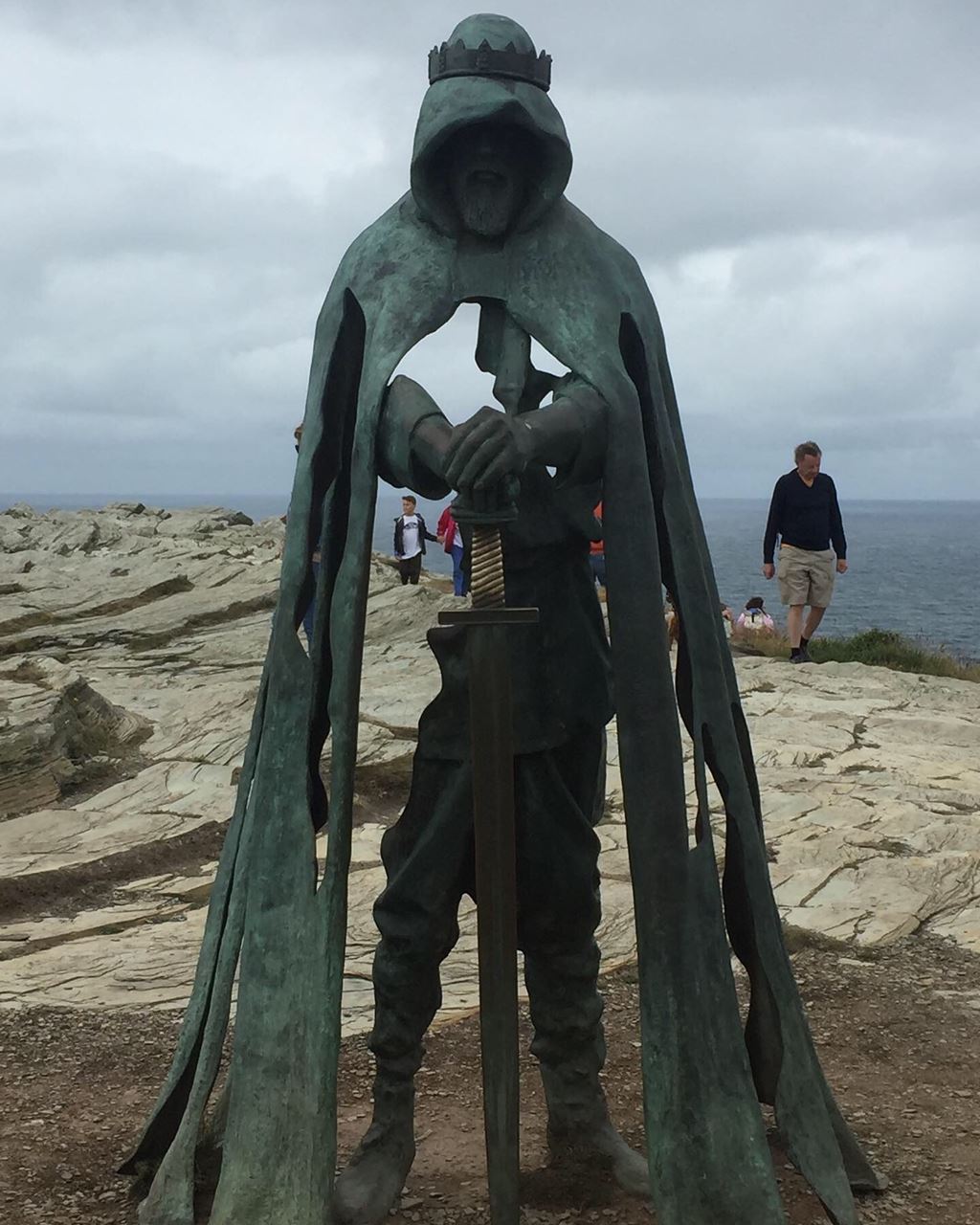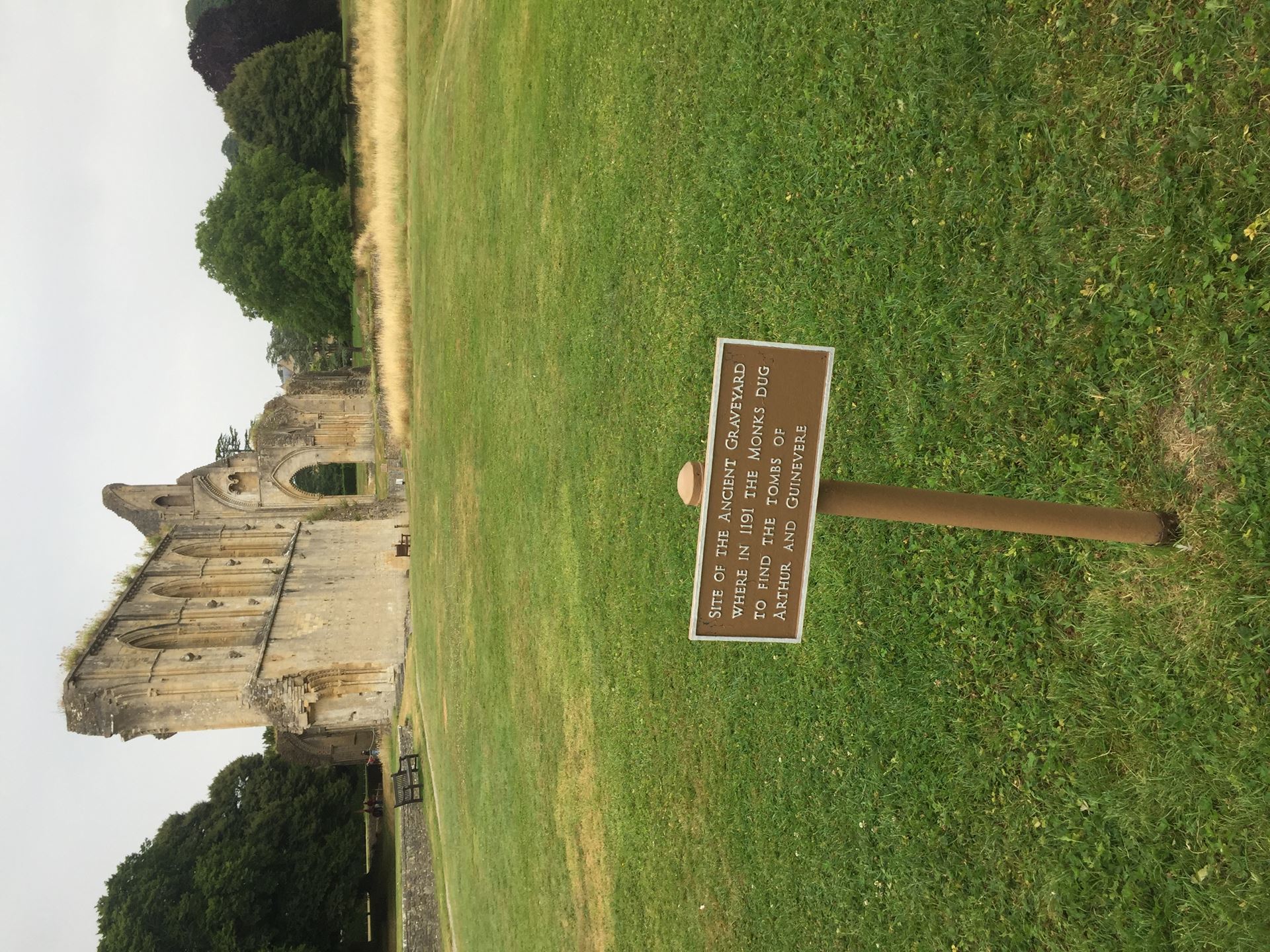Two former presidents of the Canadian Society of Medievalists write about one of their current projects below!



Elizabeth Edwards and I have been working on an anthology of medieval Arthurian literature for Broadview Press. We’re blessed with a fantastic team of sub-editors and translators, including another former CSM President Jim Weldon, CSM members Siân Echard, Geoff Rector, Matthew Roby, Kevin Whettter, Stephen Yeager, and Ann-Marie Rasmussen, as well as Thomas Crofts and Gina Psaki.
 As we all know, the Arthur story is perhaps one of the most generative frameworks out there. (The Marvel Universe can’t hold a candle to Arthuriana!) It is voracious and enthusiastic in its absorption of other stories –Tristan and Perceval; Morgan la Fay slash Celtic goddess Morrigan; the Loathly Lady tales – but also prolific in its invention of new characters and plots. Arthuriana is cornucopian in its forms and genres as well. Beyond literature, the story is found in art: frescoes, statues, mosaics, tapestries, manuscript miniatures, paintings; it has also made its way into music, in dances and troubadour lyrics.
As we all know, the Arthur story is perhaps one of the most generative frameworks out there. (The Marvel Universe can’t hold a candle to Arthuriana!) It is voracious and enthusiastic in its absorption of other stories –Tristan and Perceval; Morgan la Fay slash Celtic goddess Morrigan; the Loathly Lady tales – but also prolific in its invention of new characters and plots. Arthuriana is cornucopian in its forms and genres as well. Beyond literature, the story is found in art: frescoes, statues, mosaics, tapestries, manuscript miniatures, paintings; it has also made its way into music, in dances and troubadour lyrics.
So we had a lot to choose from.
Beyond creating a useful teaching anthology that would appeal to a variety of courses, settings, and teachers, we also wanted to create an anthology that – unlike earlier anthologies of medieval Arthurian literature – would show the diversity and reach of medieval Arthuriana.
One of our key aims was to provide a sense of the geographic spread of the Arthurian tales in the Middle Ages. Although we failed to discover any Middle Eastern or Arabic tales, African versions, or Asian versions, the Arthurian story did make it into every nook and cranny of Europe. However, we very quickly ran into a difficulty when it came to providing evidence of that diversity in an English textbook for students.
 Most languages and cultures in Europe had translations of Geoffrey of Monmouth’s History of the Kings of Britain or the Vulgate Lancelot, and so we easily found Italian, Spanish, Catalan, Polish, Norse, Portuguese, and many other languages that had versions of the Arthur story. However, very few undergraduates (very few people!) read all those languages, so we would have had to print English translations of all those works – which would then have lost the singular quality of the individual languages and societies. The plots of the stories would be more-or-less the same, so this wonderful variety of distinctive literature would be, essentially, lost in translation. Monmouth, translated into Italian, and translated then into English, would not be that different from Monmouth translated into Spanish, or Polish, or Norse, then translated into English.
Most languages and cultures in Europe had translations of Geoffrey of Monmouth’s History of the Kings of Britain or the Vulgate Lancelot, and so we easily found Italian, Spanish, Catalan, Polish, Norse, Portuguese, and many other languages that had versions of the Arthur story. However, very few undergraduates (very few people!) read all those languages, so we would have had to print English translations of all those works – which would then have lost the singular quality of the individual languages and societies. The plots of the stories would be more-or-less the same, so this wonderful variety of distinctive literature would be, essentially, lost in translation. Monmouth, translated into Italian, and translated then into English, would not be that different from Monmouth translated into Spanish, or Polish, or Norse, then translated into English.
We were a bit perplexed – we could show the geographic spread of the Arthur tales by, for example, including a Polish fresco of scenes from the Vulgate Lancelot alongside an image of the King Arthur mosaic in Otranto, Italy, but showcasing the tradition’s linguistic and cultural diversity in a meaningful way seemed impossible. Then Matthew Roby, whom we had initially asked to translate one of the Norse versions of a French text, mentioned an Icelandic version of the prophecies of Merlin section of Geoffrey of Monmouth’s History of the Kings of Britain. Called the Merlínússpa, this work was probably composed around 1200 by the Icelandic monk Gunnlaugr Leifsson. Now again, Monmouth’s work was translated into many, many languages, so the fact that it was also translated into Icelandic is not surprising; what is startling is that Gunnlaugr Leifsson translated Monmouth’s Latin prose into poetry. Even more significantly, he did so following the model of the Norse Poetic Edda, with alliterative metre, kennings, and allusions to pagan gods. As Roby says in his introduction to Merlínússpa, “Gunnlaugr’s choice of verse therefore gives Merlínússpá the feeling of an ancient Old Norse poem.”
We had found our key to providing a sense of the linguistic and geographic diversity of the Arthur stories: we would look for texts that translated the legend culturally, as well as linguistically.
Elizabeth Edwards and I believe that the other important inclusion in a new anthology is just that – inclusion. We wanted to represent the diversity of Arthurian people. We believe that inclusion is simply capital-R Right, and not merely politically correct or trendy; we hope that the changes in Arthurian criticism and medieval scholarship as a whole, to increase diversity and inclusion, will be permanent, and these characters and stories will move into the canon. But we also have an unashamedly political goal of countering white supremacist images of the Middle Ages as heterogeneously Christian, heterosexual and white, with masculine and martial values and goals. We can do this not only by providing examples of racially, religiously, and sexually diverse authors and characters, but also by showing that medieval people themselves were diverse in their attitudes to race and gender. Certainly some authors and writers were extremely racist, misogynist, and homo- or trans-phobic; certainly some people upheld the most extreme examples of the Catholic Church’s rigid doctrine. But not everybody obeyed or agreed with the rules; and even within the church itself, there was debate, change over time and space, and questioning. The texts and authors we chose reflect, we hope, a diversity of attitudes and people that were present in the Middle Ages.
